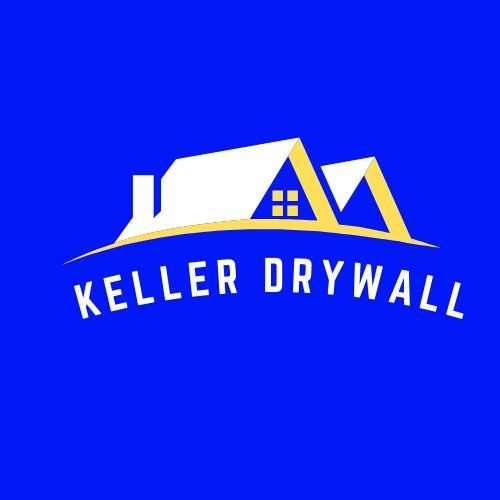Soundproofing works on the same level as absorbing sound. The difference is in what is done to the material to prevent it from absorbing sounds. To help understand this process better, let us take a look at how soundproofing works with simple panels. Panels are made of sheets of materials, such as thin sheets of glass or plastic. These panels, when placed in a home, will reduce the sounds that come through the door or window.
Types of Sound Proofing
There are two types of soundproofing: wall and ceiling. Wall panels are placed in the corners of rooms. Ceiling panels are placed in many rooms. The idea is to create a barrier between the listener and the source of the sound. The two are usually done in different ways.
In most cases, wall panel systems block noise by using noise absorbing materials like fiberglass, vinyl, and metal sheets. There are three layers to a wall sound barrier. The first layer is the actual sheetrock; the second layer consists of padding, and the third layer is the actual barrier itself. As you can see, this is a very effective method.

Fiberglass and metal sheetrock are very efficient sound absorbent materials...up, to a point. When moisture comes in contact with these materials, the sheetrock begins to swell and form bubbles. When this happens, the "punchiness" of the bubble starts to reflect the noise back from the speaker source. These bubbles interfere with the sound as far as the listener's ability to hear it.
So, how do we get around this? We use what's called a noise barrier wall system. We install one outdoors (on the wall outside our doors). This is installed between the door and the windows, and we still allow plenty of breeze and ventilation through the house - even if we use a cotton or foam filled noise barrier wall system inside our house.
These foam panels aren't very noticeable, and they don't blow away the "air" they're supposed to absorb. They're also not very rigid, which is why we use a thin layer of them between the walls. For most applications, this is sufficient. What we really need to be able to stop noise pollution is a noise isolation system. We could get away with using just one of the many noise isolation products on the market, but we know it won't do the job well.
There are noise barriers that work within and without buildings. Some are made of noise isolating material and panels that form a solid seal around the edge. Others are solid in such a way that they are completely noise barriers - even if they only have a small radius of coverage. A noise barrier design barrier can be very effective at reducing noise pollution from outside the building.
There is no doubt that soundproofing services in Keller, TX vs sound-absorbing are important for many applications. It is not only important for the quality of the sound that comes through a building's doors and windows, but it is also important for the health of people living in those buildings. Acoustic problems have been shown to cause sleep deprivation for employees, reduce productivity and cause increased feelings of stress and anxiety. Noise pollution is an all-too-real issue.
The best soundproofing does not absorb noise. It creates an energy barrier - a thin barrier of baffle that creates an extremely dense enclosure for any given area. That way, it keeps the noise and sound pollution out. Soundproofing has become one of the most extensively used techniques in today's construction and remodeling. There are many benefits to soundproofing, including energy savings, increased home value, protecting staff from noise pollution, preventing or reducing noise-induced headaches, and more.
When considering soundproofing options for your home or office, it's crucial to understand the different materials and methods available to achieve the best results. From noise barrier wall systems to foam panels and baffles, each solution offers unique benefits in reducing noise pollution and improving the acoustic environment. For an in-depth look at the various soundproofing techniques and materials, be sure to explore
our blog, where we provide expert insights and guidance. Implementing effective soundproofing solutions not only enhances comfort but also contributes to overall well-being by reducing stress and promoting a peaceful environment. If you need professional assistance or have specific questions about the best soundproofing options for your space, don't hesitate to
contact us. Our team is here to help you create a quieter, more comfortable living or working environment.
Frequently Asked Questions
What are the benefits of soundproofing a home?
Soundproofing reduces noise transmission between rooms, creating a quieter, more peaceful environment, particularly in homes with shared walls.
Can drywall be used for soundproofing?
Yes, thicker drywall and special soundproofing materials can be installed to minimize sound transfer between rooms.
Is soundproofing useful in commercial spaces?
Yes, soundproofing is commonly used in commercial settings like offices and meeting rooms to create a more focused work environment.
How long does soundproofing installation take?
It typically takes 1-3 days depending on the size of the space and the soundproofing materials being used.
Does soundproofing increase home value?
Yes, soundproofing can enhance the value of your home, especially if you live in a noisy area or share walls with neighbors.
What Our Customers Think
-
Jane & Kyle
Button“A friend of mine recommended that I call Keller Drywall Contractors of Keller TX and I must say that working with them has been a very smooth and easy process. I spoke the foreman Tom on the phone, we set an appointment, he came out for the estimate then knocked out the job right after that. Thank you so much guys!"
- Keller, TX
-
Jordan Banner
Button“I had a huge hole in my ceiling from the previous plumbing contractor that stepped in the wrong place upstairs, Keller Drywall was able to come out pretty quick and fix the ceiling..."
- Westlake , TX
-
Gordan Brauner
ButtonBeing a construction contractor I always have a lot going on, so when I call Keller Drywall Contractors of Keller, TX for a sub-contracting job I know that they will come out and do exactly what me and the customer needs. There aren't many crews and companies these days that have the skills and precision as yall
- Keller, TX
Free Onsite Estimates
Contact Us
We will get back to you as soon as possible
Please try again later




